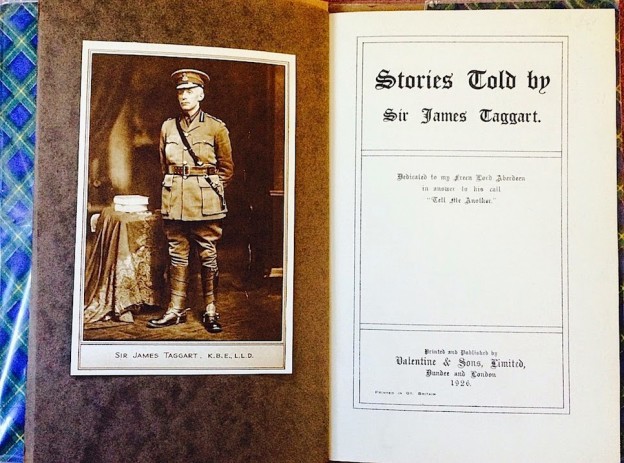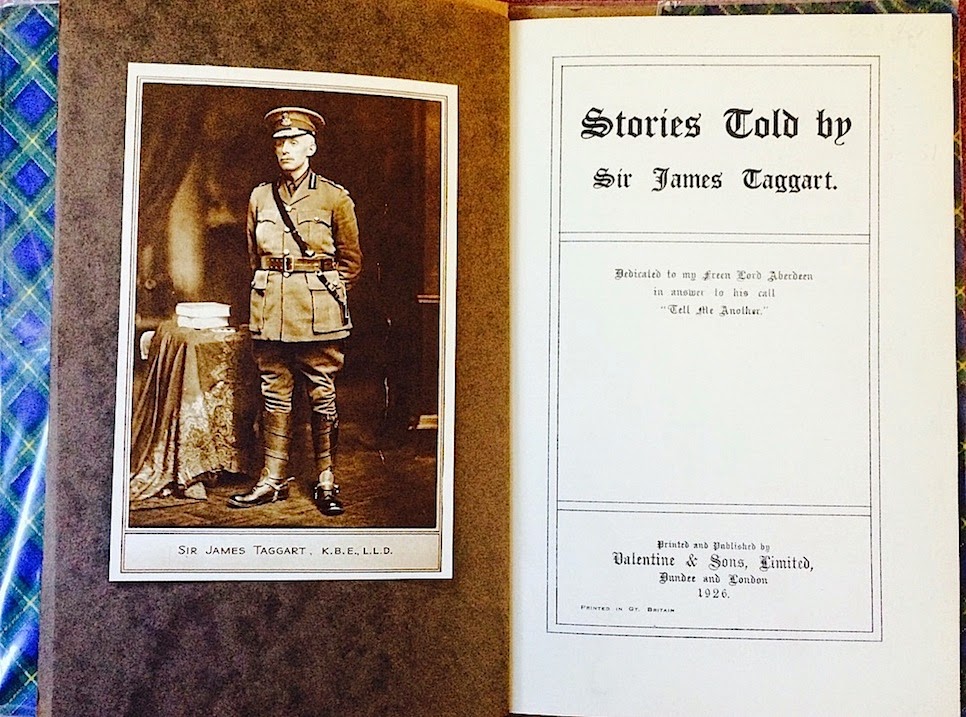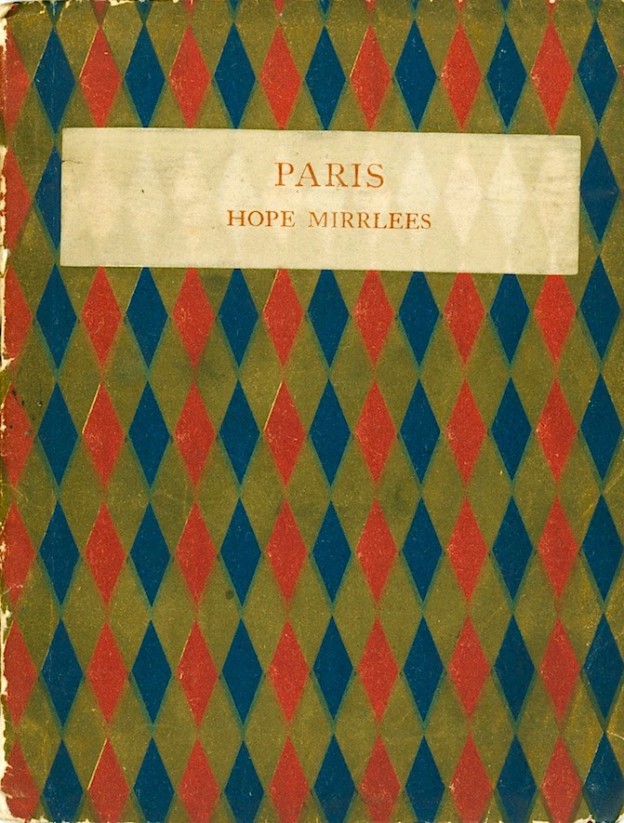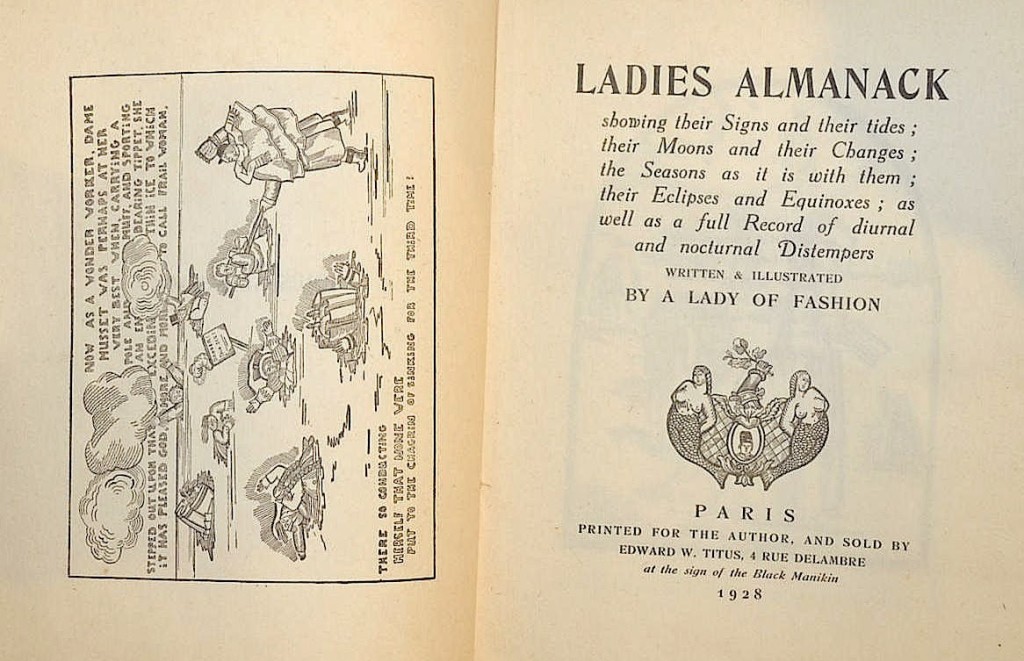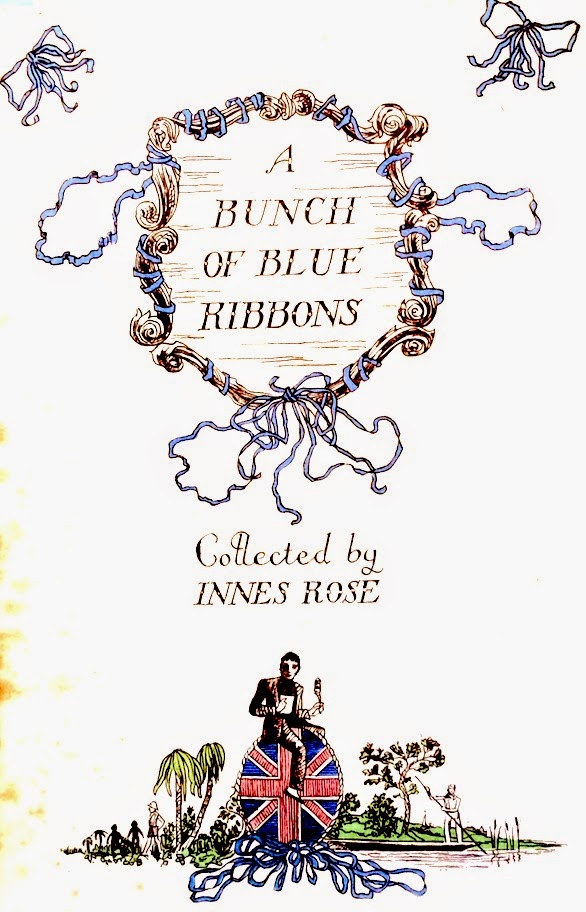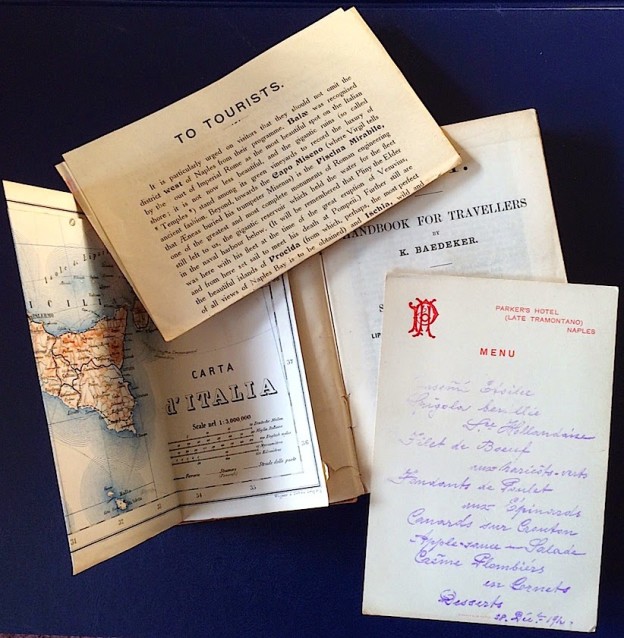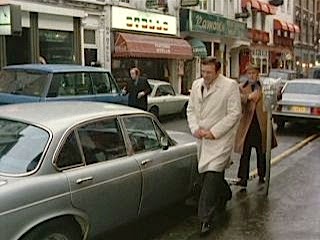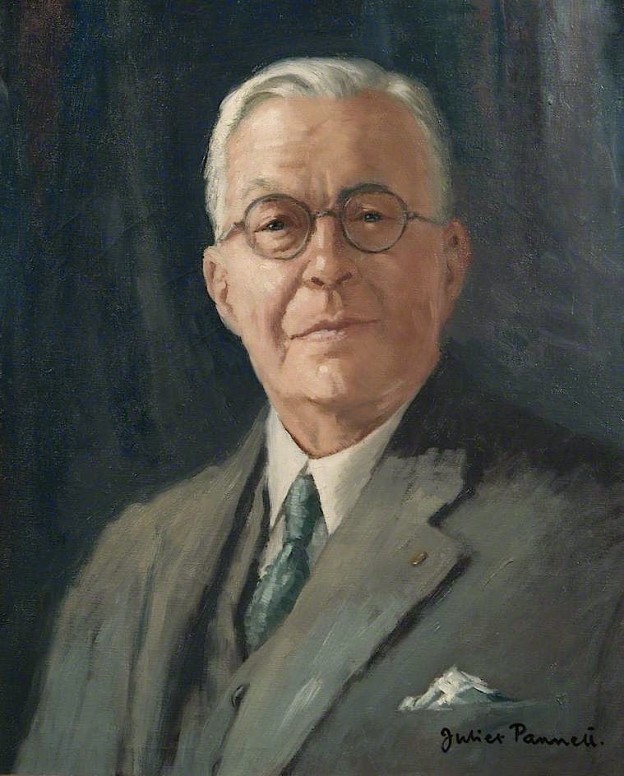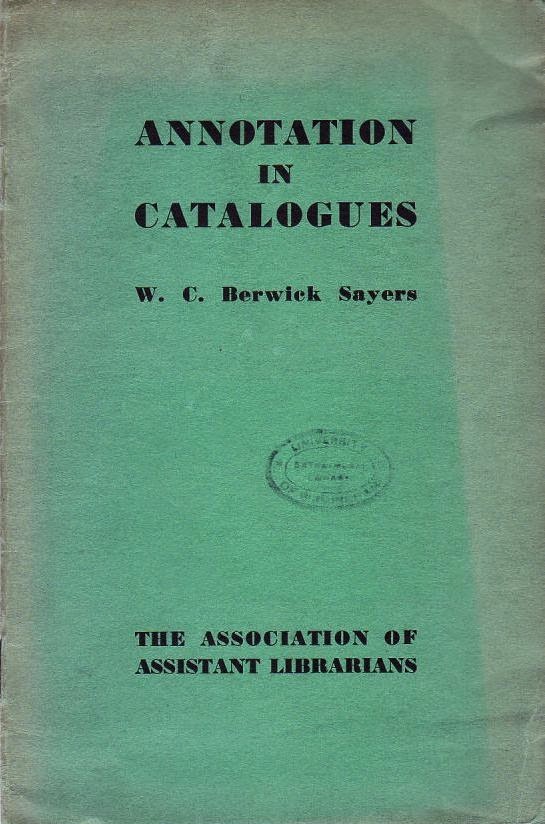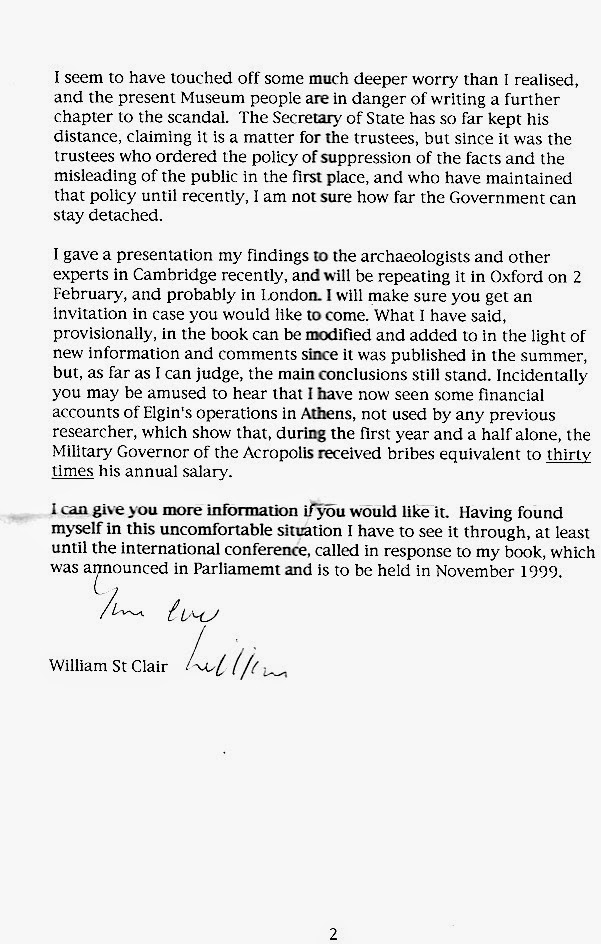
Everyone who has ever lived or studied at Cambridge knows Heffers. It’s the big cheese bookseller in the city and is an international brand too. Around 1996 the company, which then employed around 300 people, issued a brief history, which has been useful in compiling this profile.
The Heffer family originally came from Grantchester, celebrated by Rupert Brooke and now the home of well-known storyteller Jeffery Archer. In 1876 William Heffer opened up a stationery shop in Fitzroy Street, just east of the city centre, where his success with a sideline of hymn books, bibles and general school books, convinced him that he ought to focus more on bookselling. Further success resulting from 25% discounts for cash and an expansion into academic and general titles, made it possible for Heffers to relocate to the city centre in Petty Cury.
Heffer then became a printer—and books printed by the company from the early twentieth century until 1987, when a management buy-out created the Black Bear Press-- can often be found, especially locally. Following William’s death in 1928 the company, with its three distinct areas of operation, was steered forward by son Ernest, and grandson Reuben, who became an influential figure in University and city life. Further success, especially internationally, followed the appointment as General Manager in 1964 of Cambridge graduate John Welch, who had no experience of bookselling and was not even a family member.
Heffers remained in Petty Cury until the late 1960s, by which time the decision of the City Council to redevelop the street, and the continuing expansion of Heffers as a business, made it necessary for the company to relocate once again. This time the decision was made easier by the offer by Trinity College of premises in Trinity Street once occupied by a grocer. The site was redeveloped from scratch and today, the design of the shop that has been called ‘one of the first and largest custom-built bookshops in the country’ is admired internationally for its bold simplicity.

Doubtless over the decades many students have supplemented their grants by working the odd Saturday at Trinity Street, but few have gone on to achieve the success of children’s writer Pippa Goodhart, the prizewinning author of over ninety books. Having, like the founder, grown up in Grantchester, she got a Saturday job with Heffers at the age of 16, then after University and teacher-training, returned to the shop when she failed to find a post as an infant teacher. For five years she managed the Heffers children’s bookshop, but moved to Leicester to start a family. It was here that she began to write for children, never imagining that her work would end up being sold in the very bookshop she had managed years before. Her life has gone full circle now with a move back to Grantchester.
Recently retired Newsnight anchor Jeremy ‘Paxo’ Paxman is another Heffers habitué. He was spotted not long ago by one blogger who had to ‘stare him down when he was pretending not to know where the queue started. He got behind me’, adds the blogger.


